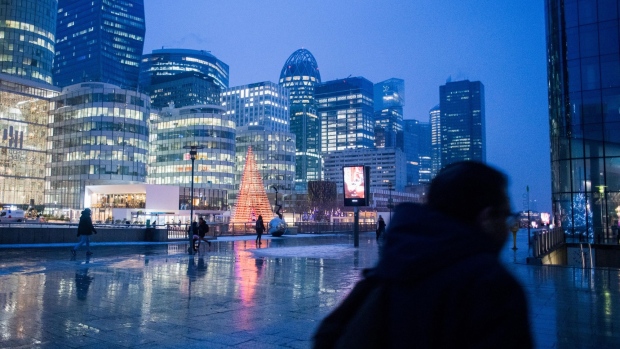Feb 2, 2023
EU Must Extend Gas-Demand Cuts Before Next Winter, Bruegel Says
, Bloomberg News

(Bloomberg) -- The European Union needs to prolong measures to curb natural gas demand to ensure it can make it through next winter, especially in the event of a full cutoff of Russian supplies, according to the Bruegel think tank.
The prospect of a full-blown energy crisis in the EU has receded as a result of emergency measures put in place last year and mild weather. But the picture for next winter is less clear, with the region likely to have to compete for liquefied natural gas with China as the country emerges from Covid curbs.
The EU will need to cut gas demand by 13% from February to October, compared with the five-year average, Bruegel estimates show. That assumes Russian pipeline flows remain at current levels and temperatures are around normal.
Under a worst-case scenario, with no Russian pipeline gas and colder weather, demand reductions would need to reach almost 30%, the Brussels-based think tank said in a report. That compares with a cut of 12% achieved last year versus the three-year average, and an EU-wide voluntary target of 15%, which is due to expire next month.
“When it comes to the energy crisis, things are getting better but Europe is not yet out of the woods,” said Simone Tagliapietra, co-author of the report. “There is no place for complacency.”
The EU has set a goal to refill underground gas storage sites to 90% of capacity before winter. Replenishing them last summer sent prices soaring, something it’s keen to avoid next time. Finishing this winter with storage fuller than expected, and pressing ahead with joint EU purchases, may help mitigate that.
“Regardless of Russian flows, it is essential for the EU to continue reducing demand until October 2023,” Bruegel said. “Europe’s gas supply-demand balance will remain a tightrope walk for the next two years.”
©2023 Bloomberg L.P.





